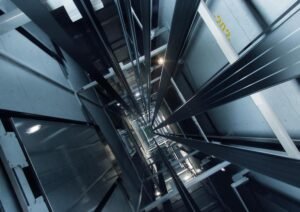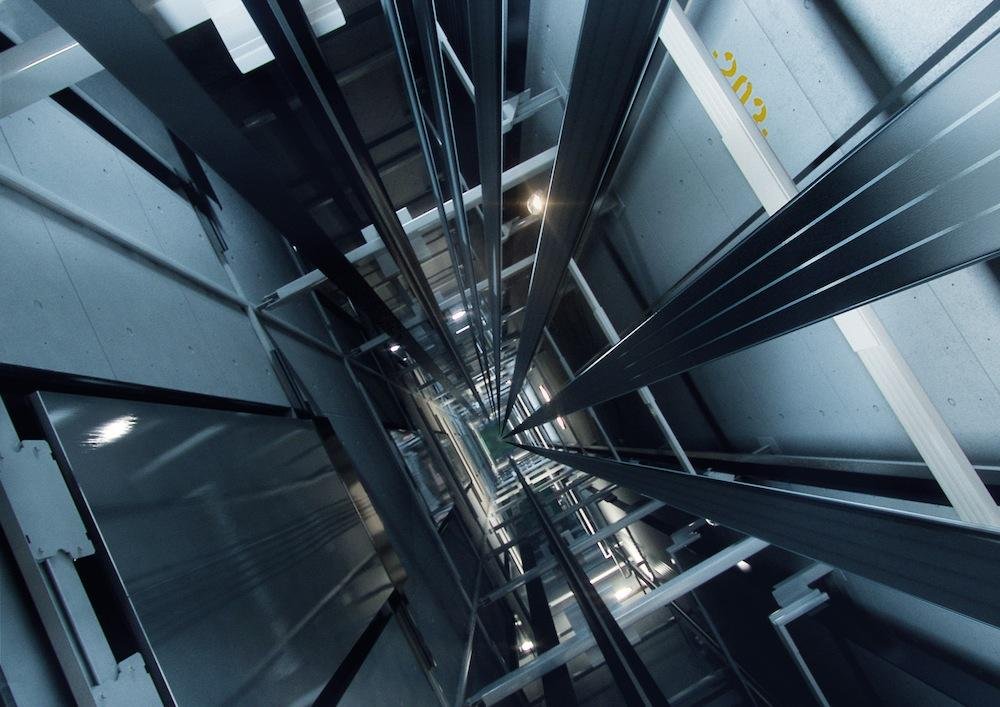
Given my weight and recent accident, walking up any flight of stairs is anything but easy for me. The option? Obviously, ELEVATORS! Pune, one of India’s most sought-after metropolises, has its share of elevators – though a lot needs to be done with newer constructions (and reconstructions) coming up everywhere and denizens of the city surely and steadily turning old with every passing day. Climb any old structure, and more likely than not, you will likely encounter a creaking lift with a collapsible grill door AND an old electric bulb- all of it forming the perfect setting for an old Bollywood classic horror film. Some genuinely turn into horror stories – not because of the setting in an old, creaking, dust-covered building but because of the badly maintained and much-in-need-of-repairs elevators.
And now, let us juxtapose this experience with my reasonably recent trip abroad to France. Imbibing the sights, sounds and smells of the city and all its watering holes and spots, with litres upon litres of French Wine, the one thing left on my bucket list was a visit to the Eiffel Tower. And boy, was I shocked at the sight of this engineering marvel of the 20th century! I was shocked enough to stand and look at it from some distance. In time, with the shock wearing off, I came closer, only to admire it in all its glory. Steel through and through, it stands at an astounding 330 meters from the earth with its own transmission toward the top. With three levels till the top (minus the transmission tower), you either walk up 600 steps or take the much-admired elevators. And by the way, the stairs take you only to the 2nd landing, which is as good as the tower’s base. To get to the top, you have no option but to take the elevator. The entire elevator system was put in place during the tower’s construction by French engineer Charles Nepveu, who was responsible for the entire elevator system of the tower.
What’s unique about the Eiffel Tower’s elevator system? Plenty like:
- Part of the elevator system that starts from the ground and goes to the 2nd level is tilted to adjust to the structure’s tilt. The angle of tilt changes as you go up, with the lift being almost vertical when you reach the 2nd level.
- The passenger lifts are double-deckers
- The east and west pillars are for passengers
- The South Tower has two elevators, one for the Jules Verne restaurant + one for the staff
- The entire machinery of counter-weights and pullies, etc., for the system from the ground to the 2nd level is built under the foot of each pillar
- To go to the very top, one needs to change elevators at the 2nd level. From the 2nd level, elevators move in opposing pairs to balance the load on the Tower structure. These, unlike the elevators till the 2nd deck, move entirely vertically.
- When the tower opened in the year 1889, all the elevators were hydraulically actuated. Over time, all these, including the ones from the 2nd deck to the top of the tower, were converted to electricity. Going electric has helped save energy costs and maintenance enormously while making vertical movements faster and more precise.
- As for the class of elevators used in the tower, they are unique in that they are neither lifts in the traditional sense, nor a funicular system, nor cable cars. They do not belong to any category or correspond to any current reference. These were, are and shall remain a custom-built, maintained and preserved system meant purely to facilitate visitors’ movements vertically!
Writing this has been as exhaustive as visiting Paris! Exhaustive but exhilarating it’s been. The only way to experience it is by visiting Paris at least once- if nothing else- to experience the working of one of the world’s most unique elevator systems!





Add comment